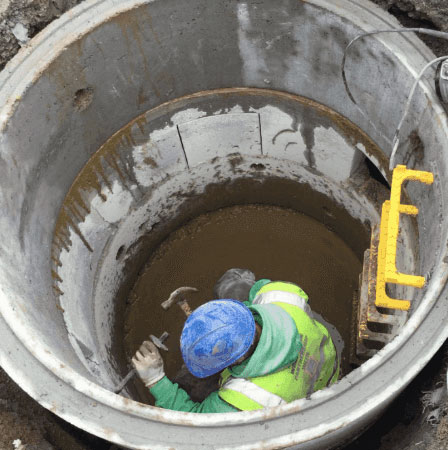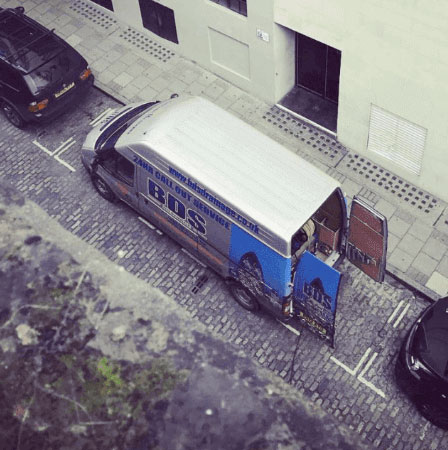Drain Cleaning Services in London
Here at BDS Drainage, we are also an emergency drain cleaning services company in London, Kent, Surrey and Essex.
Once we have received your call, our team are focused on providing you with a fast response. Our blocked drain specialists‘ goal is to arrive at your property within 90 minutes; when we arrive, we can investigate and resolve the problem with your blocked drains.
We have invested in the latest and most effective technology that provides accurate assessments and resolutions to all your blocked drains problems.
We believe that drainage issues must be promptly investigated and fixed.
As your local drainage company in London, BDS Drainage has a goal to achieve 100% client satisfaction on every job carried out.
We offer you the best drainage service at the best possible price, with a quick response, and a team that is always courteous, honest and informative.
By telling us your drainage problem over the phone, we can then discuss how we can resolve the blocked sink, toilet, bath, drain or even clean up your basement flooding, we ensure that you are not left in the dark and are happy with the service that we provide you. Due to our focus on unrivalled customer service, we source a lot of our work from word of mouth recommendations and repeat business in London and The South East. Unblocking drains is what we do best.







